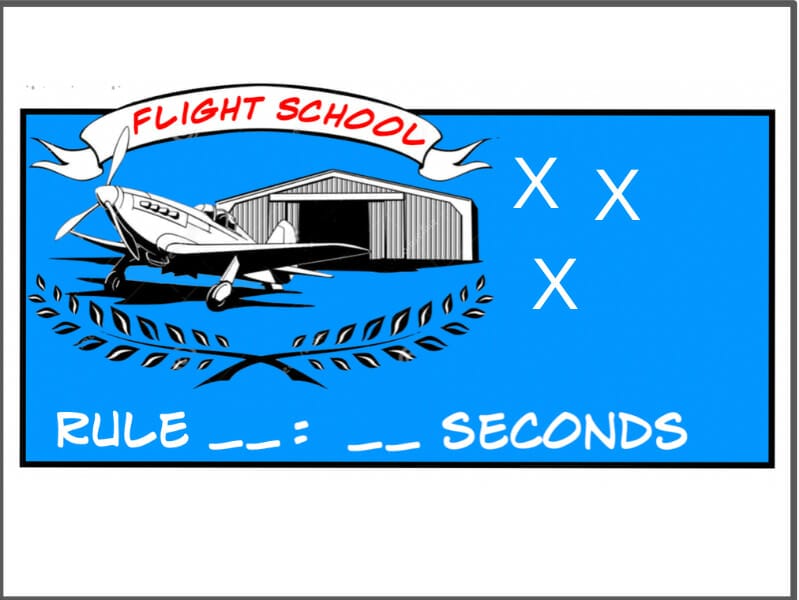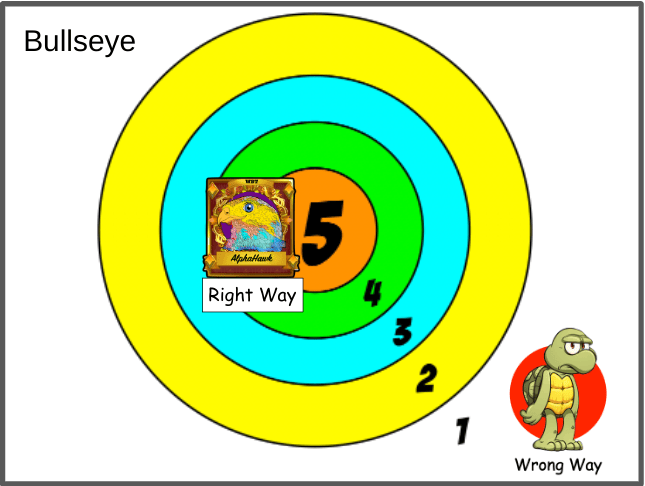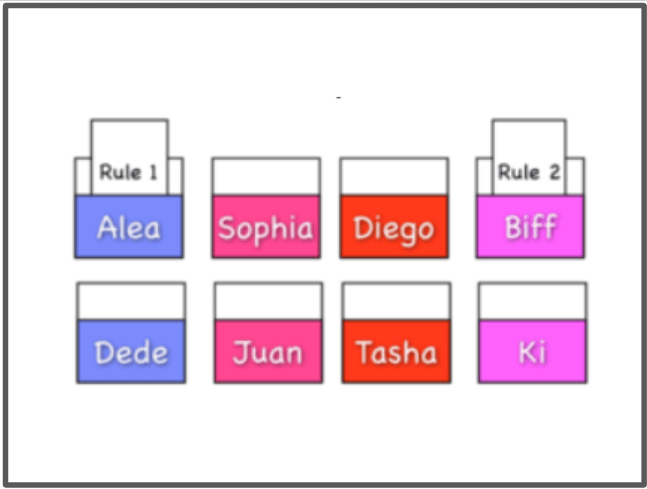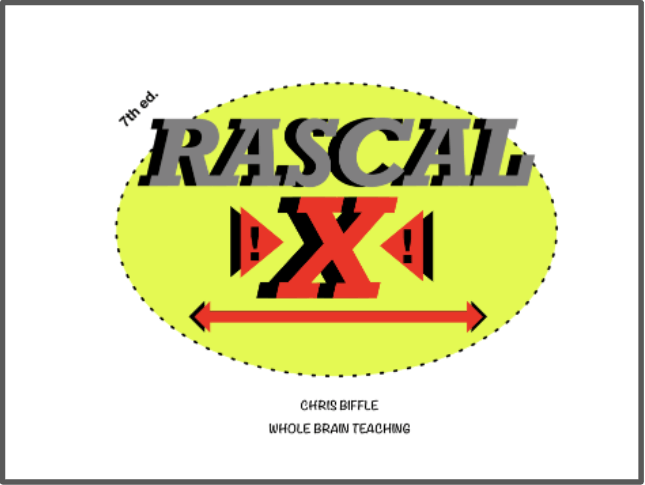Beloved Rascals
After years of classroom experiments exploring strategies to reform Beloved Rascals, here are our conclusions:
- The most irresistible student motivator rewards for improvement, not ability.
- Kids, including Beloved Rascals, learn the most when they have the most fun learning.
- The longer we talk, the more students we lose.
- Scolding increases classroom management problems.
- In place of telling students how to behave, we should guide them through entertaining practice of incorrect and then, correct behavior.
- The antidote for being upset is to act kindly toward, and bond with, another student. Building bonds is the best way to help Beloved Rascals.
- The more we construct lessons that engage Beloved Rascals, students who are difficult to engage, the more powerful our lessons become for all kids.
- The most important value to teach our pupils, the personality transforming value, is Kindness.
- Most importantly, we don't fix kids. We fix relationships with kids.
Below are 10+ strategies for improving the behavior for all your students, with special focus on challenging kids. Each strategy is a Tiered support. Move through the tiers in order, or as needed, to help build a bridge with your Beloved Rascals.
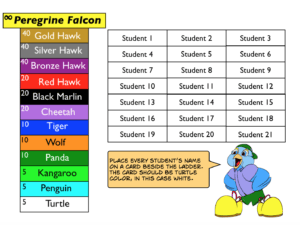 If we have a classroom game that rewards for ability, top students loaf (because it's too easy) and bottom students quit (because they can't win). When we reward for improvement, every student, top to bottom, works hard to achieve personal excellence... because they are only competing against themselves.
If we have a classroom game that rewards for ability, top students loaf (because it's too easy) and bottom students quit (because they can't win). When we reward for improvement, every student, top to bottom, works hard to achieve personal excellence... because they are only competing against themselves. 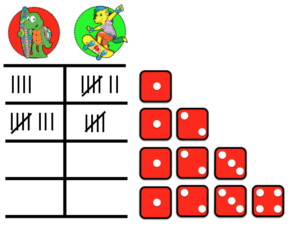 From the first hour on Day One, use the Scoreboard to motivate kids toward the highest levels of instructional achievement.
From the first hour on Day One, use the Scoreboard to motivate kids toward the highest levels of instructional achievement. 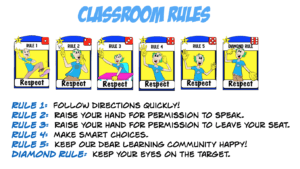 Too often, classroom rules are posted on the wall and are rarely referred to again. Weave WBT rules through your day, rehearsing them, with gestures, first thing in the morning, after lunch, and each recess. Amp up student engagement by marking rapid Wolf and slow Turtle responses on the Scoreboard. Reward individual students who increase their callback speed with Super Improver stars.
Too often, classroom rules are posted on the wall and are rarely referred to again. Weave WBT rules through your day, rehearsing them, with gestures, first thing in the morning, after lunch, and each recess. Amp up student engagement by marking rapid Wolf and slow Turtle responses on the Scoreboard. Reward individual students who increase their callback speed with Super Improver stars.  During student meltdowns, rolling on the floor, crying, out of control behavior, the traditional antidote is to offer a pair of choices, either of which the teacher finds acceptable. "Jack, would you like to go sit in Cozy Corner or play with Tommy Teddy Bear?" The problem is that too often Jack wants neither. A less traditional strategy is to ignore Jack's screaming, not give him the attention he craves, and loudly praise another kid's mellow behavior. If either of these works for you, read no further.
During student meltdowns, rolling on the floor, crying, out of control behavior, the traditional antidote is to offer a pair of choices, either of which the teacher finds acceptable. "Jack, would you like to go sit in Cozy Corner or play with Tommy Teddy Bear?" The problem is that too often Jack wants neither. A less traditional strategy is to ignore Jack's screaming, not give him the attention he craves, and loudly praise another kid's mellow behavior. If either of these works for you, read no further. 